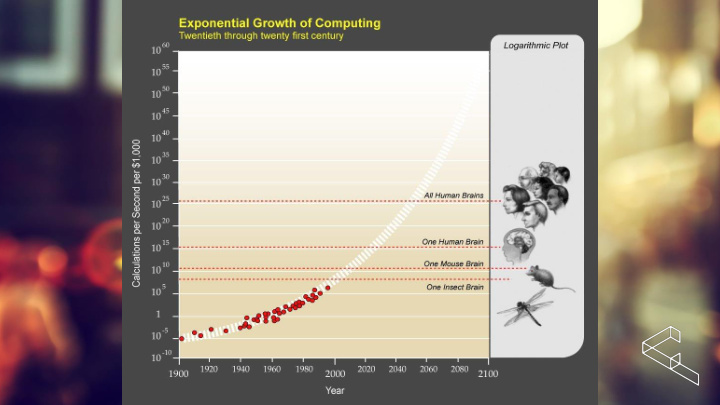



The Connected School: Maturity Perspective Physical Self-service Connected Responsive Online • Ecosystem • High stakeholder • Open architecture • Digital learner and parent connectivity • Multi-channel access • Face-to-face • Connected & integrated • Cross-product solutions • Begin to digitize access • Manual • Digital experience • Aggregate best-of-breed • New digital product curriculum and • Low digitization • Ability to innovate • Engage social ecosystem variants communications • Digital brochureware • Personalize experience • Focus on automation • Analytics & insights Informational Transactional Personalised Engaged Adaptive & Innovative Transformational Journey
Digital changes everything What are the new ways What is our purpose ? of working and learning? What talents do we Who are we serving? need and where from? Framing the massive transformative What sectors and purpose diversification does What is our value proposition? this open up? What could we build out What are our core capabilities? to grow our offering?
Key pillars: • Trigger engagement and motivation • Build purpose-driven learning • Measure results • Empower learners • Harness emotions in learning • Create the right learning environment • Adapt to any environment or constraint (costs, distance, access, variations in learner ability, variations in teacher ability)
There is so much you can do. But what should you do?
The ingredients Clear strategic vision Iterative experimental fast cycles of tactical execution Involve stakeholders (learners!) at every step of the journey Visible top management buy-in Model culture change at the highest level Modify the organisation to support the change Highlight the benefits of new practices continuously Connect the interests of the institution and those affected
A typology of organisational cultures PATHOLOGICAL BUREAUCRATIC GENERATIVE Power Oriented Rule Oriented Performance Oriented Low cooperation Modest cooperation High cooperation Messengers shot Messengers neglected Messengers trained Responsibilities shirked Narrow responsibilities Risks are shared Bridging discouraged Bridging tolerated Bridging encouraged Failure leads to scapegoating Failure leads to justice Failure leads to inquiry Novelty crushed Novelty leads to problems Novelty implemented Prof R Westrum - Eastern Michigan University
Recommend
More recommend